If you don’t have time to read this article, then 12-16 megapixels is good for a camera in most cases, but there is much more to this, as explored below.
For years, camera manufacturers have been racing to create cameras with more and more megapixels. So much so that nowadays, you can even find 48MP cameras on phones. But do you really need that many megapixels?
Most people would think that the more megapixels, the better image quality and the better the camera. However, the megapixel count is not always a reliable indicator of image quality— that’s just a marketing gimmick to catch your attention.
So, how do you know how many megapixels are enough? Well, that’s what we are going to find out!
In this post, you’ll learn everything you need to know about megapixels and how much resolution you need for printing, social media, and digital display.
Spoiler alert: you need way fewer megapixels than you think!
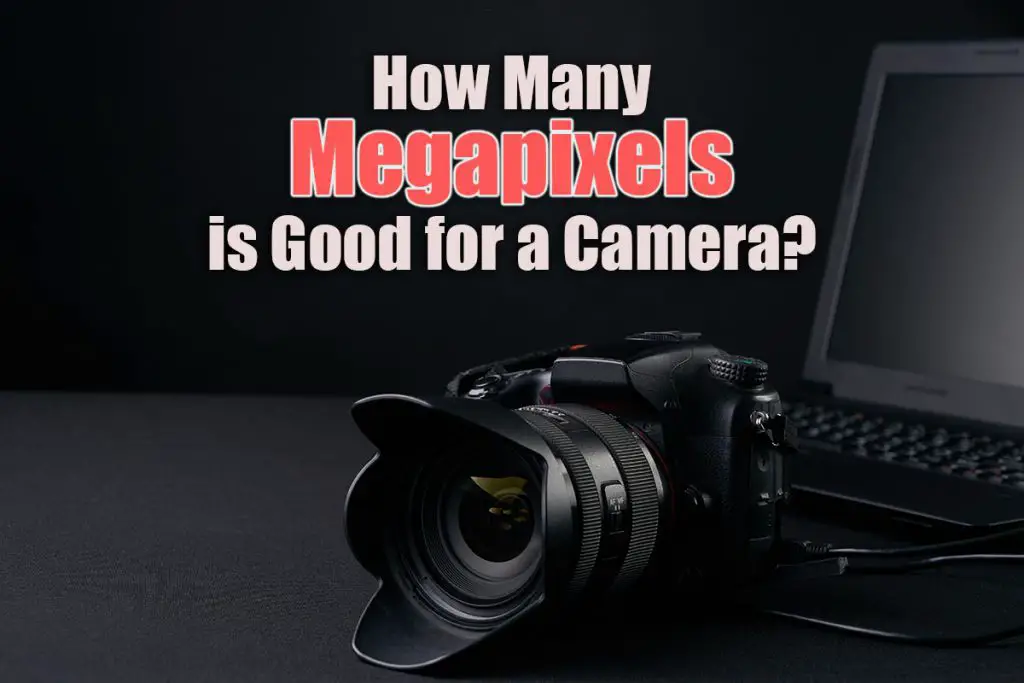
Megapixels vs Pixel Size
First, let’s demystify the correlation between image quality and megapixel count. Although it seems counterintuitive, more megapixels are not necessarily the best.
Don’t get me wrong, the number of megapixels does matter for printing and post-processing— more on that later. After all, a digital photo is made out of millions of pixels, and each million equals one megapixel. Therefore, in theory, the more megapixels, the more detail in your pictures.
But, the megapixel count is not as relevant as the size of the pixels, which will also depend on your camera’s sensor size.
It’s simple: a bigger sensor allows for bigger pixels, and bigger pixels capture more information. All of that leads to a sharper image with richer detail, more dynamic range, and better low-light performance.
That is why a DSLR camera with a 20MP full-frame sensor captures better pictures than a phone with a 40MP camera, especially at night. The large sensor captures more light and data, which will give you more flexibility for plenty of purposes.
Of course, besides the pixel and sensor size, there are other factors that impact image quality, such as the lens quality or the ISO settings. But that’s a topic for another article.
Now, when does the megapixel count become important?
As I mentioned a few lines above, the number of megapixels will be essential for printing and post-processing. Still, you won’t need an expensive 100MP camera to make crystal-clear prints, although those extra megapixels might be helpful for other purposes (but not for every photographer!).
All of that leads us to one question we all have asked ourselves:
How Many Megapixels Do I Need?
In most cases, 12-16 megapixels will be enough to get crisp, beautiful pictures, particularly if you are not making large prints or doing high-end retouching.
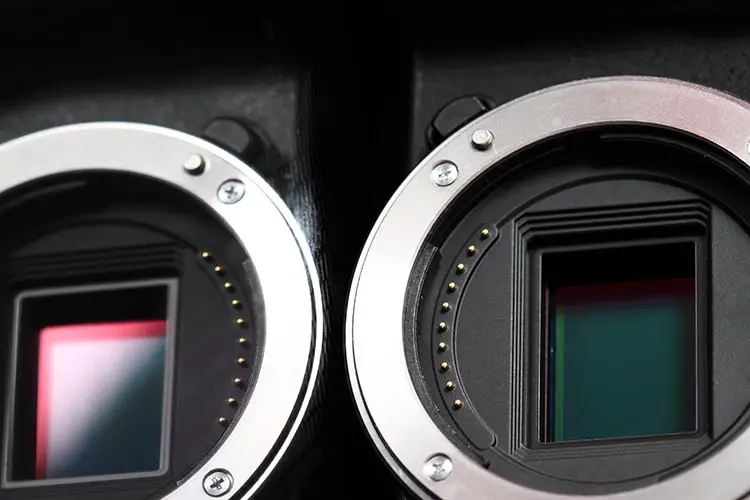
But, the number of megapixels you need will depend entirely on what you want to do with your images.
You would be surprised at how few megapixels you need to display your photos on a computer or mobile device.
For example, to display your pictures on a Full HD screen, you will only need 3 megapixels— yes, seriously.
Don’t believe me? Let’s do some math:
One megapixel equals one million pixels. A Full HD screen has a 1920 x 1080 pixels resolution, meaning that it displays 2,073,600 pixels, which is roughly 2.07 megapixels. So, in the end, a 3MP photo would rather have a bit of extra information.
But, the thing gets a bit more complicated when we introduce two concepts: pixel density and print resolution.
Pixel density refers to the number of pixels in a specific area of either a digital image or a monitor. It is usually measured in pixels per inch (PPI). The more PPI, the smoother the image display.
On the other hand, print resolution refers to the number of ink dots that a printer can produce in a linear space of one inch. It is a physical measure known as dots per inch (DPI). Here, the more DPI, the smoother the print.
Although there are differences between PPI and DPI, most people use them as the same thing. So, for the sake of this article, let’s talk about PPI as an equivalent to DPI for printing.
Recommended Resolution for Printing and Digital Display
The standard print resolution is 300dpi (or 300ppi for practical purposes). That is the recommended resolution for high-quality prints of relatively small sizes that are supposed to be seen from a close distance.
For digital display, anything from 72ppi to 120ppi will be enough, with 72ppi being the recommended resolution for social media platforms.
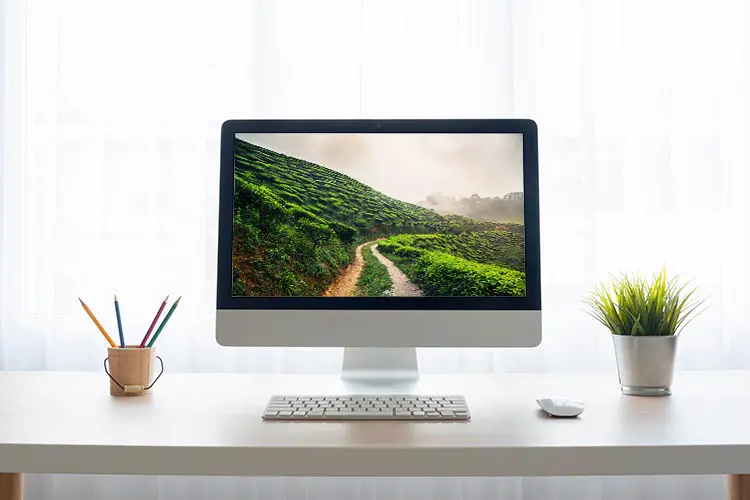
Now, let’s get into megapixels and prints:
How many megapixels do you need for printing?
If you want to calculate how many megapixels you need to make sharp prints at different sizes, determine the print size you want and follow this simple formula:
[ (300 x Width) x (300 x Height) ] / 1 million
Let’s say you want to make a traditional 4×6” print.
Since 300ppi is the standard resolution for printing, you have to multiply 300 by 4 and then 300 by 6. Then, multiply both results. That will give you the resolution in pixels.
Finally, divide that number by 1 million to get the result in megapixels:
[(300 x 4) x (300 x 6)] / 1,000,000 [1200 x 1800] / 1,000,0002,160,000 / 1,000,000
2.16 megapixels
Ta-da!
Here is a handy chart to save you some time:
| Megapixels required for common print sizes (300dpi resolution) | ||
|---|---|---|
| 4×6” | 1200×1800 pixels | 2.1MP |
| 5×7” | 1500×2100 pixels | 3.15MP |
| 8×10” | 2400×3000 pixels | 7.2MP |
| 8.5×11” | 2550×3300 pixels | 8.4MP |
| 12×18” | 3600×5400 pixels | 19.4MP |
| 18×24” | 5400×7200 pixels | 38.9MP |
However, for printing, you must also consider the viewing distance.
300dpi is the recommended resolution for making prints that you can see at close range. That ensures you can see a sharp, uniform image with great detail.
But, when it comes to huge prints or billboards, you don’t need to print at the highest resolution. That would be a tremendous waste of ink (and money) as nobody will ever look at a billboard as close as they were looking at a magazine.
As a reference, billboards are usually printed at something around 15-50dpi, depending on the size and viewing distance. In these cases, you can have more space between the individual ink dots as your eyes will complete the image from a long distance.
How Many Megapixels is Good For a Camera?
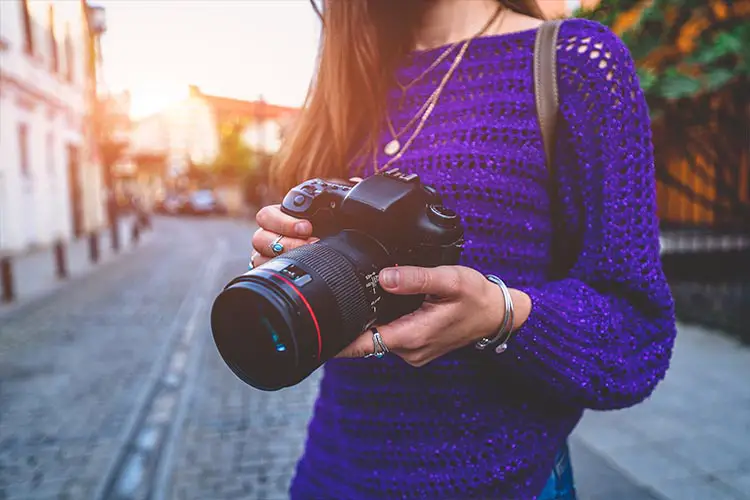
As we saw before, the number of pixels you need will depend on what you plan to do with your pictures. Yet, that number is not as important as the size of those pixels.
For both DSLR and mirrorless cameras, the standard megapixel count is between 20 and 30MP, which is more than enough to satisfy any photographic need, especially if it’s a full-frame sensor that allows for more dynamic range and better low-light performance.
20MP will give you plenty of flexibility to crop your pictures without losing sharpness, do professional photo retouching, and make high-quality prints at up to 12×18 inches.
For digital display and small and mid-sized prints, anything between 12-16MP will be just fine.
In any case, if you only want to share your photos online, you will have to reduce the image size considerably to ensure fast loading times.
For instance, on Instagram, you can upload photos with a height between 566 and 1350 pixels with a width of 1080 pixels. Instagram will automatically downsize anything above that resolution anyway, so don’t worry about the megapixel count.
FAQs
How many megapixels is good for a phone camera?
Although today you can find phones with cameras up to 108MP, 12 megapixels is enough to ensure good quality on almost any display screen. What’s more, it offers a good balance between quality, storage space, and low-light performance.
Is a 13MP Camera Good?
13MP is perfectly good enough for both a front and rear phone camera, but is a little low on the pixel front for a regular DSLR or mirrorless camera.
Is 20 megapixels good?
As a general rule, yes, 20 megapixels are enough for various cameras, including phones. Yet, a 20MP sensor on a phone is a lot smaller than a 20MP full-frame sensor on a professional DSLR camera, which directly affects the pixel size and image quality.
Remember that bigger pixels capture more (and better) information. So, don’t get too hung up on the pixel count.
Is 16 megapixels good?
Yes. 16MP is an excellent resolution to ensure crisp digital images and prints without sacrificing much storage space.
Nevertheless, keep in mind that the pixel size matters the most.
Are more megapixels better?
Yes, but no. A higher megapixel count will give you more flexibility for printing and digital processing. Still, it will also produce larger files that most apps and websites won’t be able to process. As a general rule, you probably won’t need anything above 12-16 megapixels unless you want to create large prints or do high-end retouching.
Besides printing, there are three primary purposes for which having more megapixels is highly beneficial:
- Cropping — When you need to zoom in to highlight an important part, reframe, or straighten the image.
- Downsizing — When you export the image at a lower resolution than the original to make it look sharper and reduce noise.
- Retouching — For high-end retouching (like for fashion or product photography), you need many megapixels to get close to the image and make sure you can process all minor details without compromising quality.
For any other use, having too many megapixels will only produce large files that you will still have to reduce in size to share online.
So, no, you don’t need to spend thousands of dollars on super-high-resolution cameras. Instead, invest in high-quality lenses to get the best out of your camera sensor.
If you are looking for fast lenses with superb image quality and excellent low-light performance, check this list of the best lenses for night photography to get some ideas!
Read More:
Leica vs Hasselblad: The best camera brands?
What’s the best camera in the world?
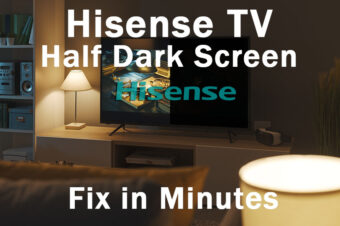


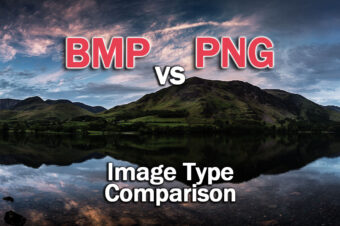


Leave a Reply